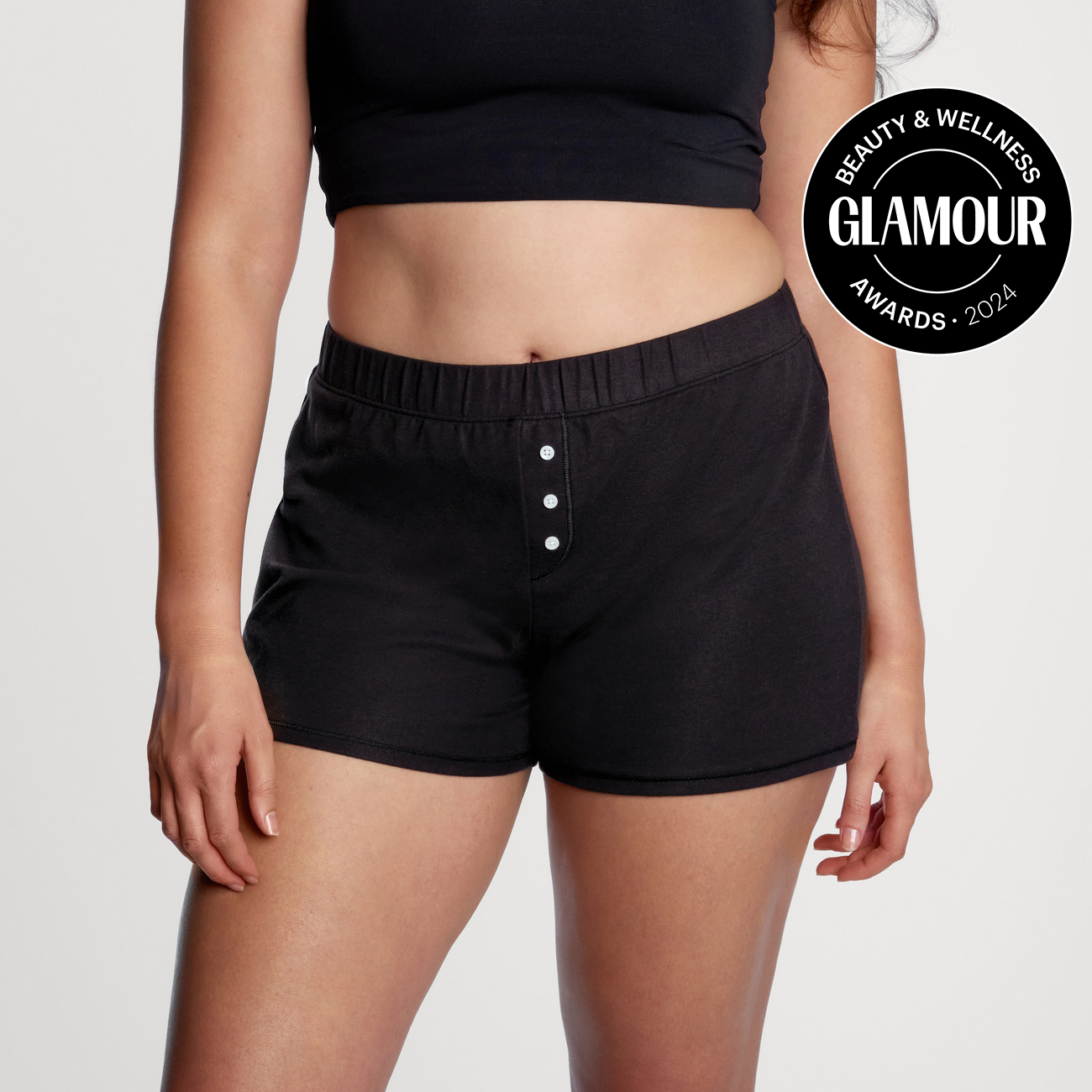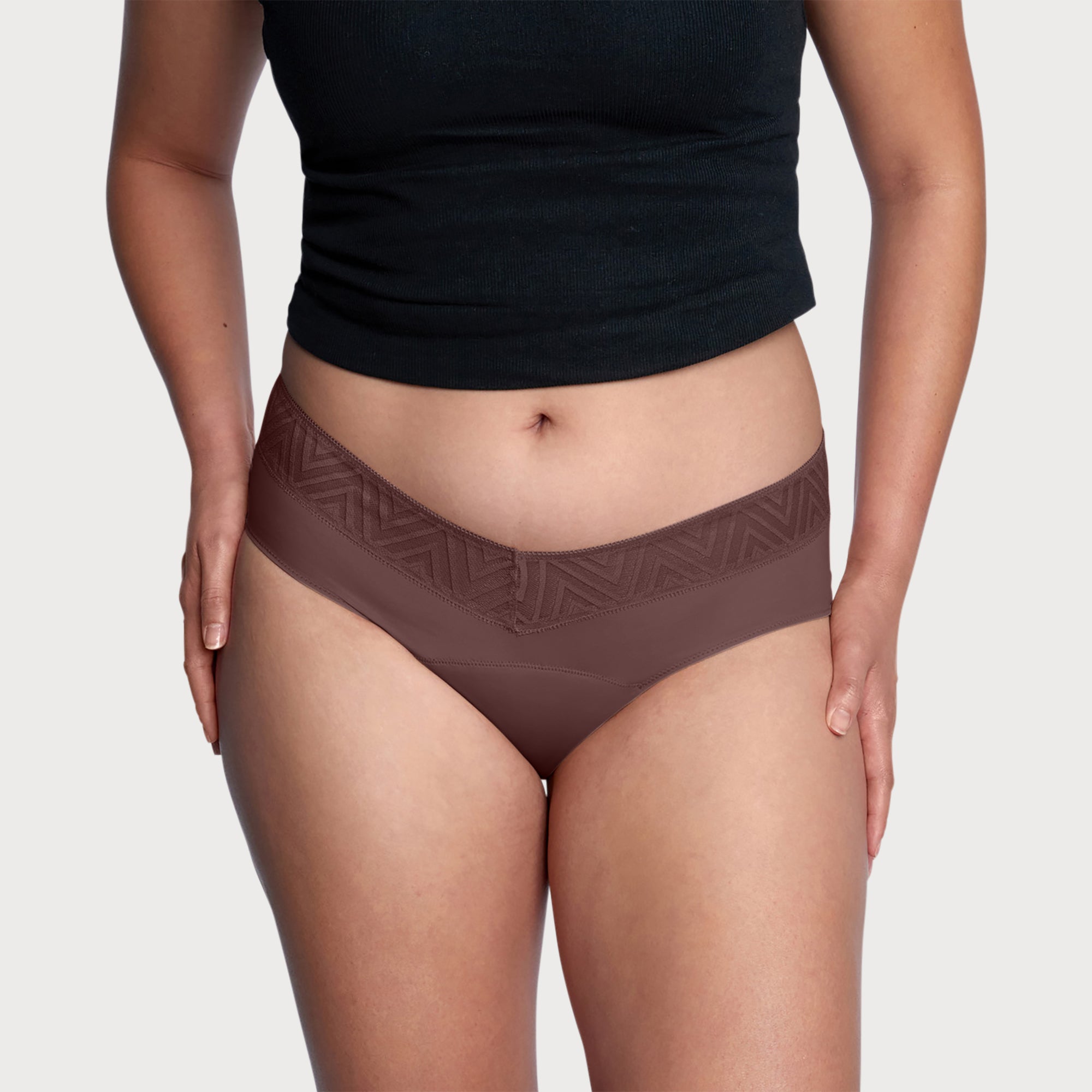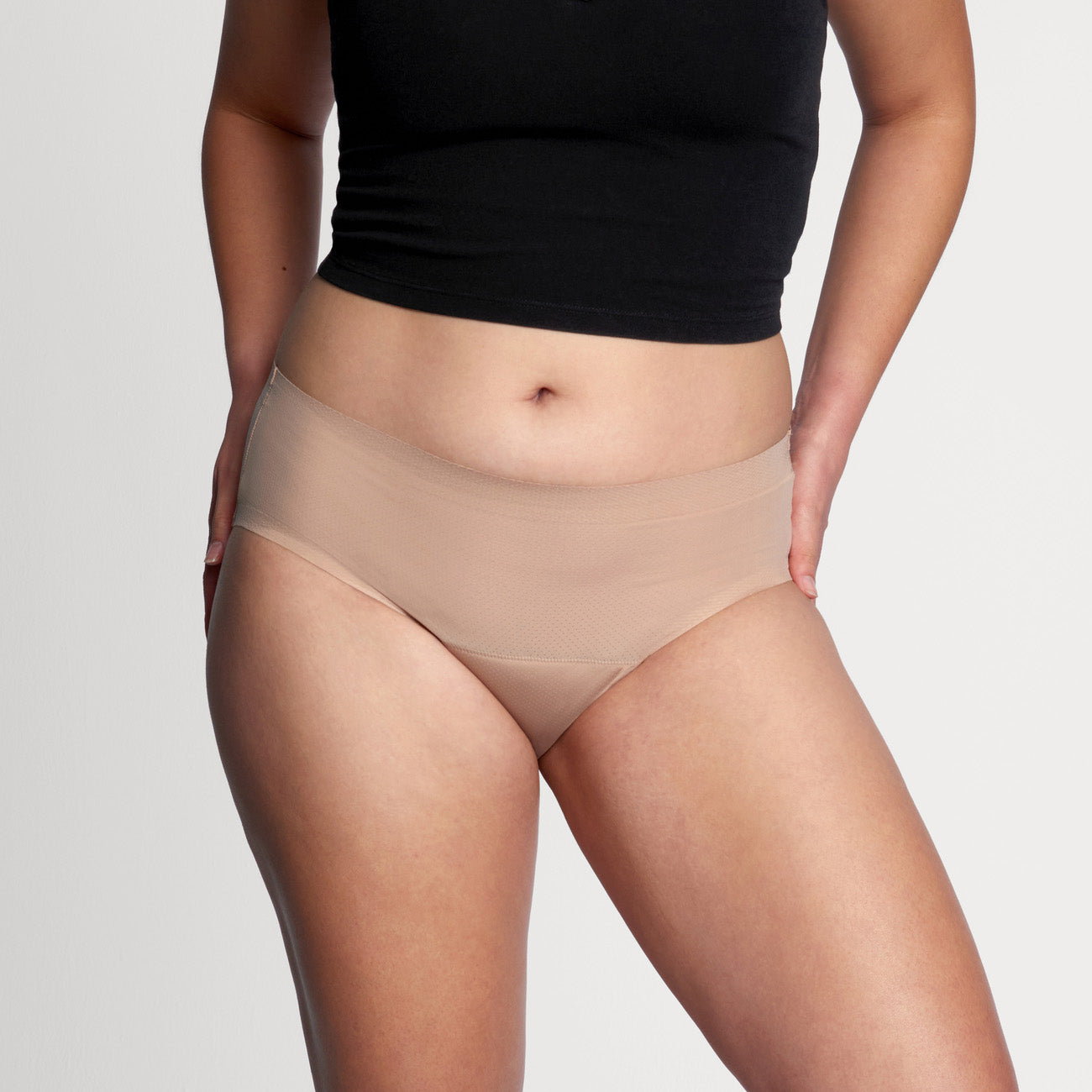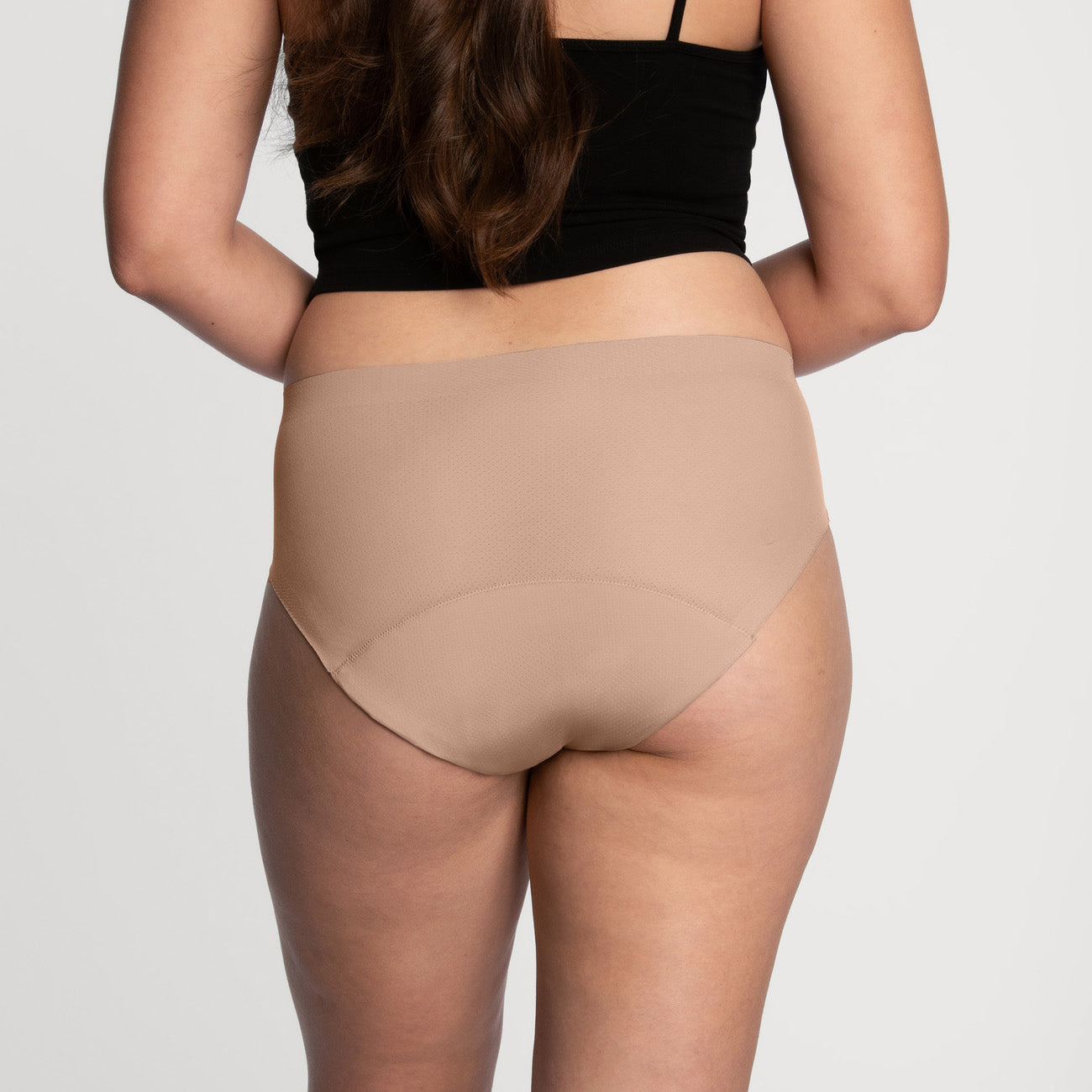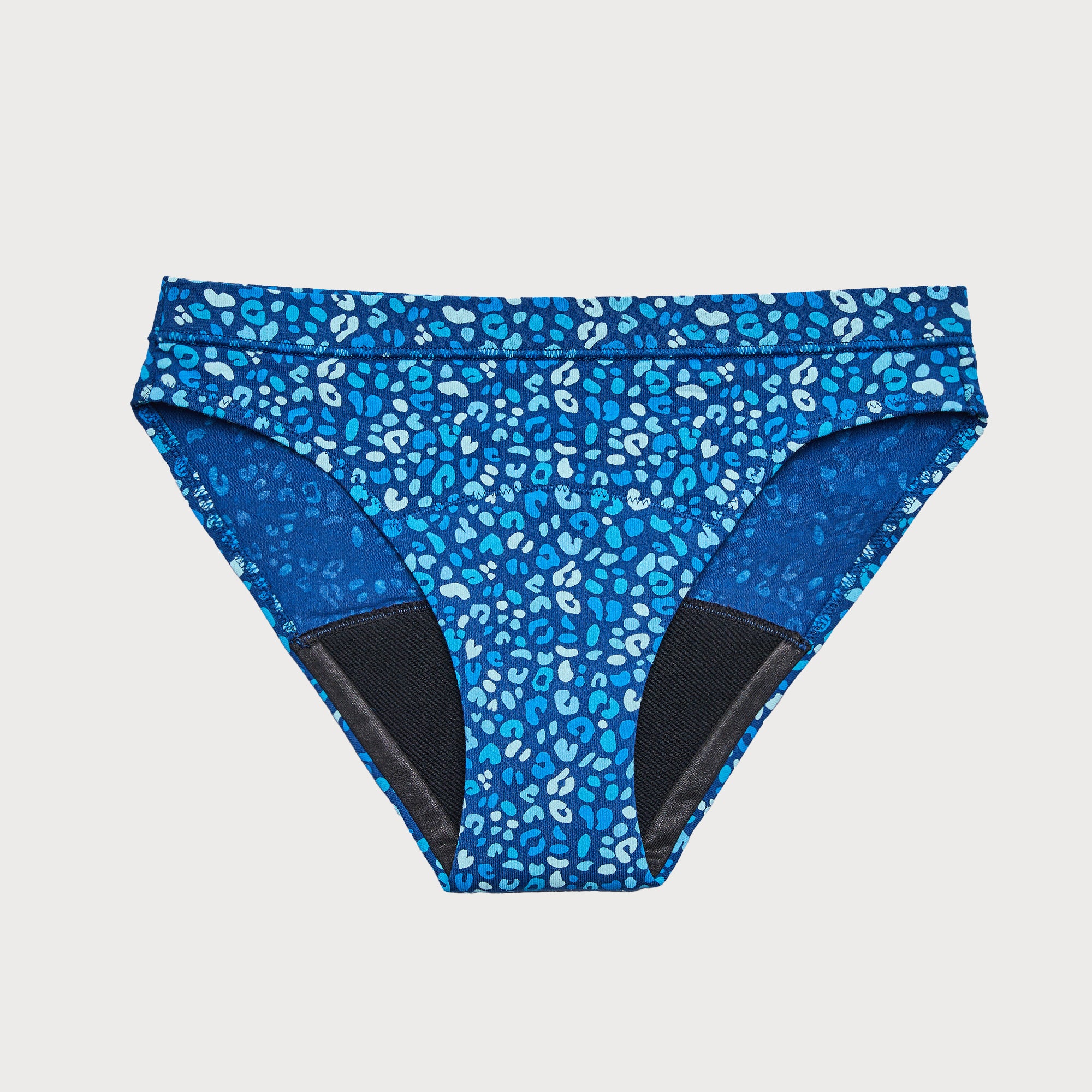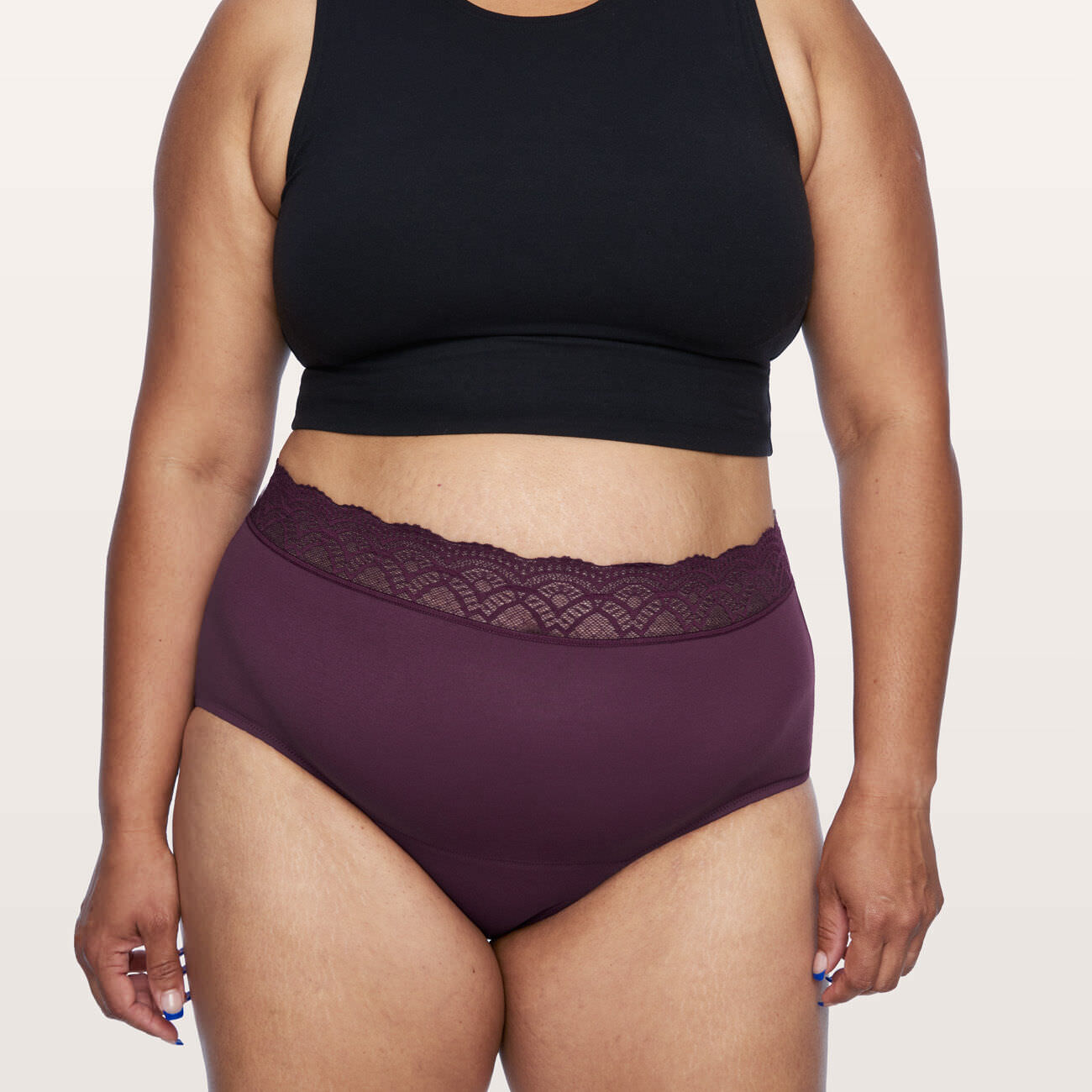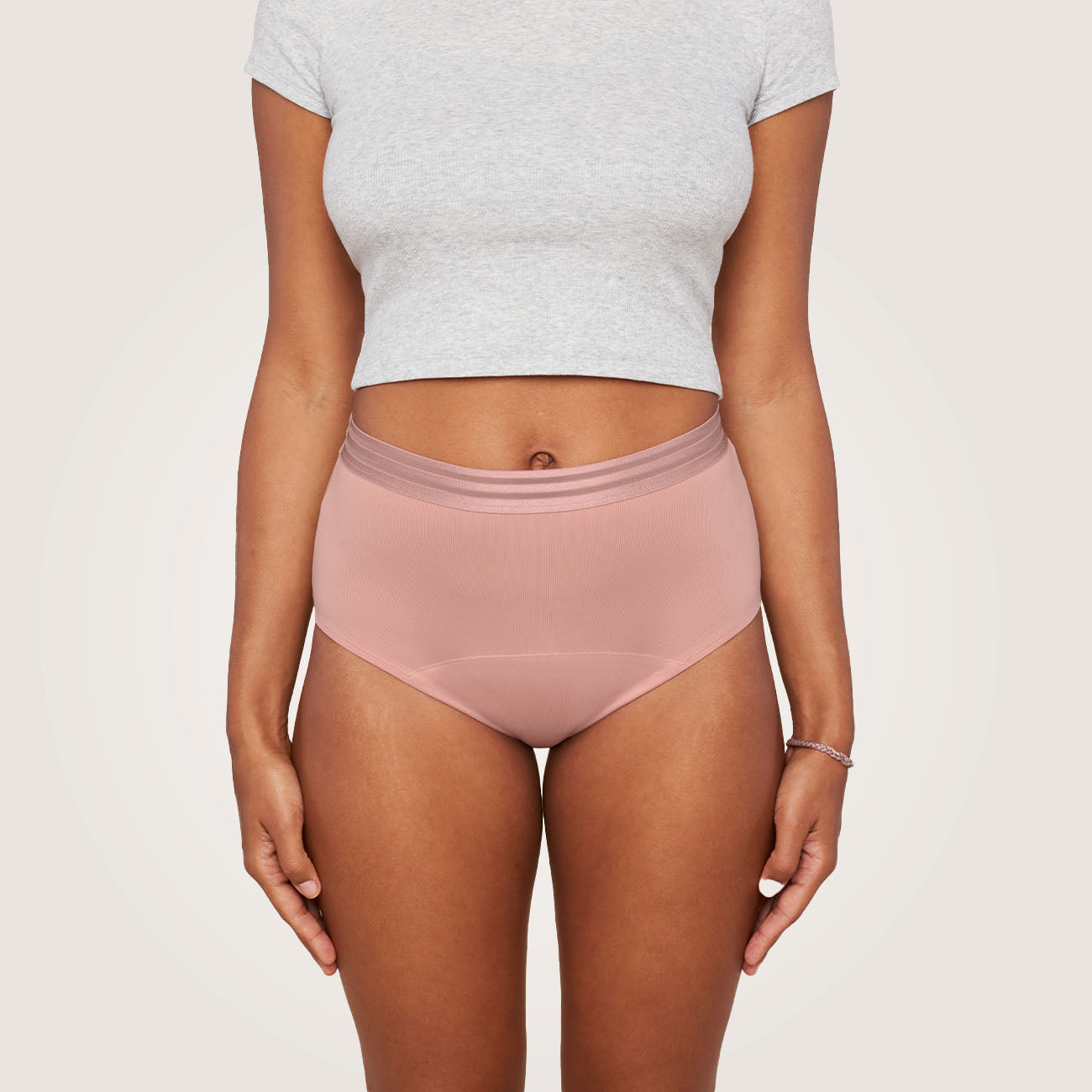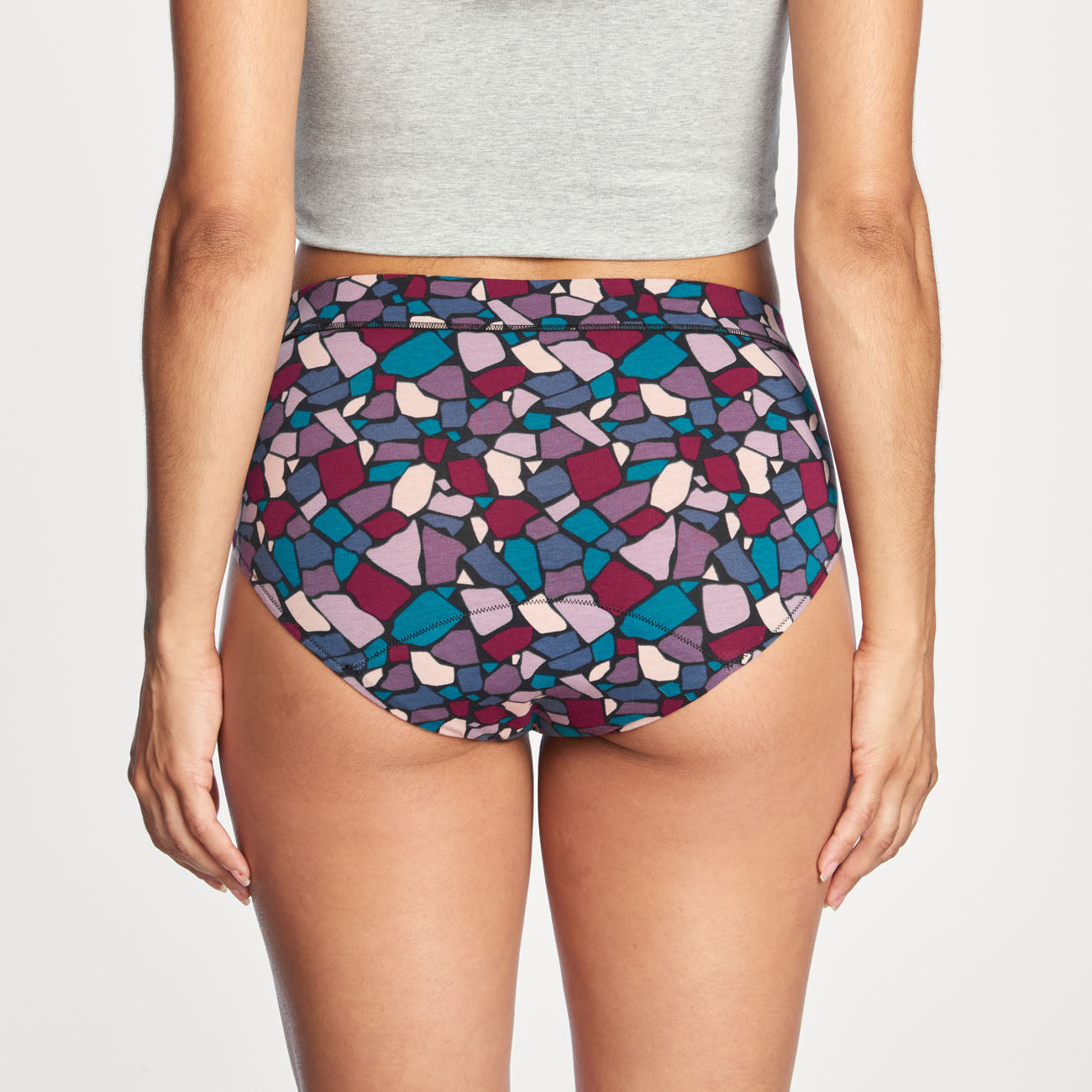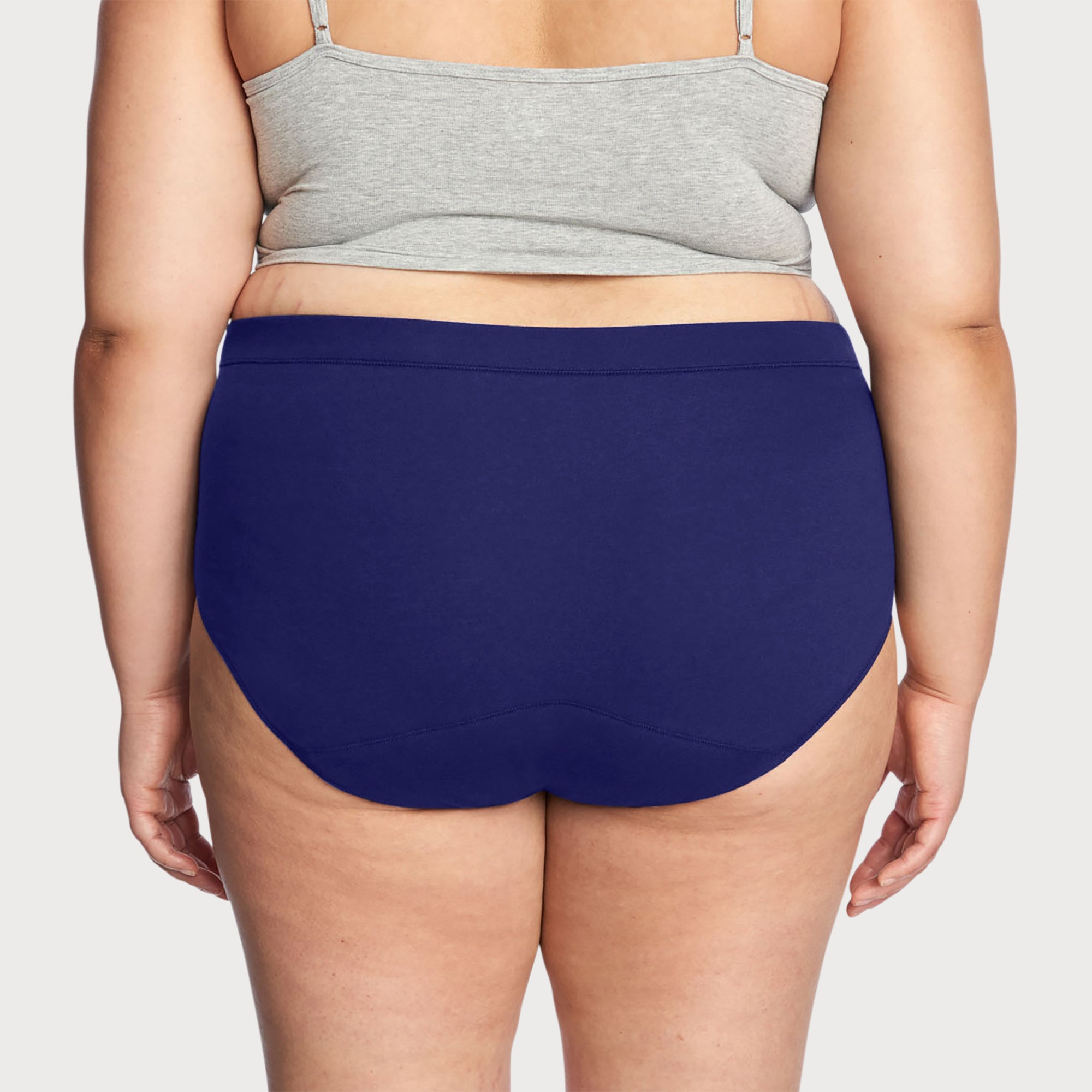Breaking Up With Hormonal Birth Control
- Share this article Copy to clipboard

It took me ten years on the pill to begin to question it. It was all I knew — I was simply prescribed the hormonal birth control pill for heavy cramping and was sent on my way. Finally, at 24 years old, I decided to do a bit of research.
What were alternatives?
What's happening inside my body while I'm on this pill?
What is the role of hormones in general?
I was clueless, so I listened to podcasts, read articles, talked to girlfriends (all equally clueless), and finally decided to go off the pill. I threw out my pack and called it a day. Hello to the new healthy, holistic, birth control-free Kelley.
It's safe to say I was unprepared for the repercussions of my snap decision. Healthy, holistic Kelley was not the glamorous Moon Mama I imagined myself to be. Once my first post-pill period came to town, all hell broke loose.
I couldn't go to work because my cramps kept me bedridden. When I did go to work, I bled through my pants and had to leave early. It felt like I was getting my period for the first time all over again.
I got a menstrual cup. Disaster. I was soaking through tampons. Pads grossed me out. I was frustrated and had no solution. It took about 6 months for my period to normalize and for my hormones to balance themselves out. Six very long, messy months.
Two years later, a voice started creeping into my mind that told me I needed more protection. Feeling in touch with my body in a new, hormone-free way was eventually fabulous and everything I hoped for — but, I knew I needed to protect myself.
I returned to the podcasts, articles, and girlfriends (two years wiser now, and with some new info floating around). Turns out, more women than I realized were using IUDs. The idea really never crossed my mind. Growing up, I didn't know *anyone* with an IUD. But as a wellness professional, it made sense that people in my circle were turning to this method of contraception. I came to learn a lot about the copper IUD, which is hormone-free and seemed like the perfect solution for me.
So, I scheduled an appointment with my gynecologist, and eventually got a Paragard — the whole ordeal took about 7 minutes. I'll spare you the procedural details, but yes, it was painful, though the pain was temporary.
However, the amount of blood following IUD insertion made my post-pill periods seem like a walk in the park. THINX became a necessity — nothing else would do the trick. The bleeding was constant and being able to sleep in them put my mind completely at ease. I wore them to my boyfriend’s house, I wore them around my apartment, I wore them after a shower. They made a really miserable time much easier.
Now, a few months in, I’m sure that Paragard was the best decision for me. I feel just as in touch with my body because I’m hormone-free, but I also feel protected and in control. I’ve heard plenty of mixed reviews, but after listening to my body and finding clarity on what’s most important to me, I realized this is my best option, and I’m so happy with the decision.
There’s no easy answer when it comes to contraception, and *every body* is different, which makes talking about it even more important. We need to speak up about birth control, research our options, know the pros and cons, and communicate better with each other about our experiences.
What was your journey with birth control? How did you find a method that worked for your body? Share your story in the comments!
Kelley Hoag is a THINX Leader, a behavioral health coach in NYC, and the founder of Root to Rise.



